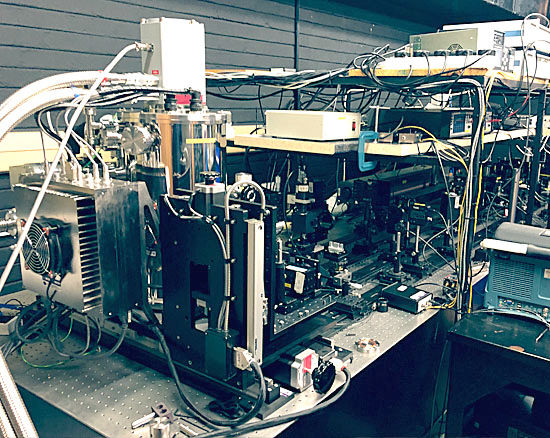The overlaps and differences between promoting entrepreneurial ecosystems and networks
- Dr Shawn Cunningham

- May 14
- 4 min read
Updated: May 22
When promoting entrepreneurial innovation ecosystems, we often work with networks of innovators, problem-solvers, service providers, and supporting organisations. At some point, it is no longer clear whether we are promoting networks or fostering more dynamic innovation ecosystems. This post clarifies the differences between entrepreneurial ecosystem promotion and network promotion and why we so often use these labels interchangeably.
Let me start by briefly summarising the differences between networks and entrepreneurial ecosystems.
Networks
Networks are characterised by a distributed system of actors connected to shared interests or influential nodes. Networks transcend social, physical, and other boundaries, and are often very efficient in sharing information and resources due to their low coordination costs. Depending on the network's purpose, the relationships between members can be either distant or close. The intriguing aspect of networks lies in their ability to unite people across vast distances or other social boundaries. Several denser sub-communities may exist within a network, where members have established stronger ties around influential members or themes. Members in networks can connect with other distant members and resources through shared links, making it unnecessary for all members in a network to be closely connected with everyone else.
In information-sharing or advocacy networks, members are connected to one another through a common resource or convenors. They are predominantly indirectly related but may be able to collaborate through trusted shared contacts. An example of a more closely knit network is a working group with a shared objective or a community of practice where individuals learn together. In an innovation network, members depend on the distinct competencies and resources of others to collectively solve problems that they cannot afford to tackle independently.
In established networks, sub-communities can form where new ideas or topics are explored. These explorations may be tolerated or actively encouraged when these interests align with the larger network. However, it is also possible that the interests of the sub-community diverge from the broader network, which may lead to a break-out where the sub-community becomes a network on its own. It is also natural for different networks' interests to converge, so that larger networks form out of smaller ones.
Entrepreneurial Ecosystems
Entrepreneurial Ecosystems describe situations in which different actors interact with one another and their environment through interdependent relationships between different role players. Instead of everyone being connected to a few key nodes, there are many interdependent relations. Typically, ecosystems collectively provide their members with a distinct advantage that emerges from the richness of ecosystem services available and the emergence of adaptive competencies within the ecosystem. A key characteristic of an ecosystem is the interdependence that emerges among its members and between those members and their physical or digital environments.
An entrepreneurial ecosystem does not imply that all its members belong to the same industry or are of the same kind. Most ecosystems consist of combinations of different sizes and types of organisations and physical technologies. However, there must be some shared interest, knowledge or technology base, resource or need that benefits from the members' presence and evolves and adapts as they pursue their interests in their respective niches. A slight change in one area could lead to ripples of adaptation in other parts of the ecosystem.
Ecosystems typically save their members energy and coordination costs while fostering the emergence of specialised, complementary or alternative competencies that the ecosystem can utilise to innovate and excel. In exchange for the lower coordination costs between members of ecosystems, ecosystems exert pressure on their members to adapt and innovate as others, either independently or through collaboration, discover new possibilities or solve challenging problems.
An example of an ecosystem is the digital animation ecosystem in Cape Town, which includes both small and large animation studios, equipment specialists, software developers, designers, voice artists, specialised legal firms, and their physical environments. Several sub-communities exist, such as a group dedicated to eco-friendly animation techniques and the alumni networks that have emerged around specialised training courses. The digital animation ecosystem overlaps with other ecosystems, like the local film industry, the art community, the advertising and media ecosystem and the many digital initiatives in Cape Town.
Conclusion
A network can evolve into an ecosystem if it encourages its members to pursue decentralised explorations within subnetworks that strengthen the ecosystem services that benefit the broader network community. It requires shifting from cooperation around shared interests to collaborating around divergent interests, resulting in improved ecosystem functions for the larger network community. Not all networks can change from coordination or cooperation modes between their members to collaboration modes. Where cooperation and coordination often work at scale, collaboration is much more intimate as partners draw on each other's complementary capabilities and resources.
All dynamic entrepreneurial innovation ecosystems have overlapping networks spanning organisations and other (social) boundaries. Some of these networks may be formal and managed to perform explicit functions, while others may be more informal or could emerge around a shared interest.
For more publications on ecosystems and networks, visit the Advancing Entrepreneurial Innovation Ecosystems website.



Comments